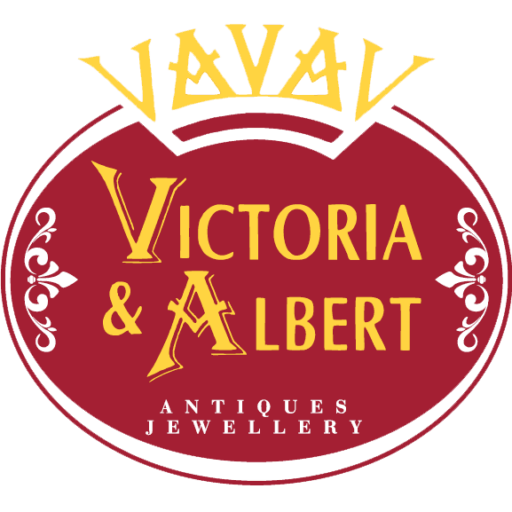Georgian
The Georgian period covers the reins of the Hanoverian born British Kings of England, George I, II, III and IV, from 1714 to 1837. Jewellery during this period was hand-made, typically with 18ct or 15ct gold, and silver. White gold was yet to be discovered.
The design of jewellery from this period was incredibly labour intensive. Until 1750 and the invention of the rolling mill, artisans had to first hammer out gold ingots and other metals into flat sheets before they could start to fabricate a piece of jewellery. The most distinguishing feature of Georgian jewellery is the cut of the stones and of course the beautiful, often opulent settings. The aptly name Rose Cut diamond, which had a flat base and 24 triangular facets that rose to a point was the most brilliant cut diamond available in the 1800’s.
Georgian jewellers enclosed the back of rings in gold or silver, thus trapping the natural light emitted by the stone inside it. Quite often the setting was lined with foil, with the stone placed on top to enhance its scintillation by candlelight.
Jewellery techniques in the Georgian era included Repousse, whereby the metal was hammered into intricate designs and patterns, and Cannetille which involved intricate wire work designs. Popular motifs included ribbons, bows, leaves, feather plumes and sprays of foliage. Since gold assaying wasn’t enforced until 1900, most authentic Georgian jewellery is unmarked. Georgian jewellery is incredibly rare as many pieces were modified to reflect changes in fashion, or were otherwise melted down or destroyed over time.
-
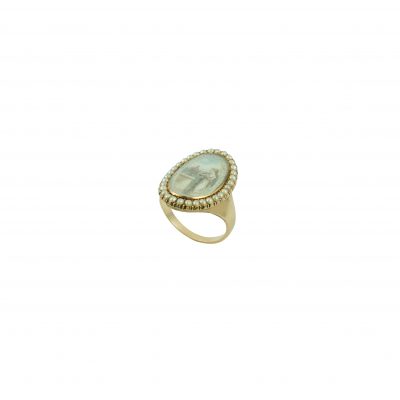
18th Century Mourning Ring
$8,500.00 (GST incl.) -

18th Century Mourning Ring
$5,200.00 (GST incl.) -

22ct Cruciform Brooch with Yellow Topaz
$12,750.00 (GST incl.) -
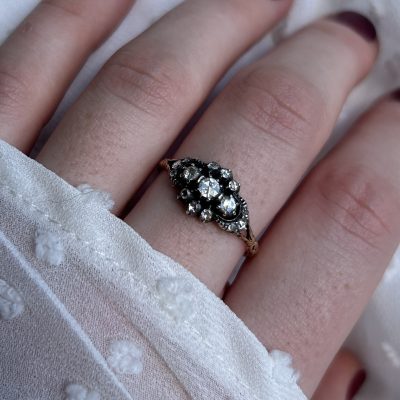
9ct Gold and Silver Three Stone Diamond Ring
$6,500.00 (GST incl.) -
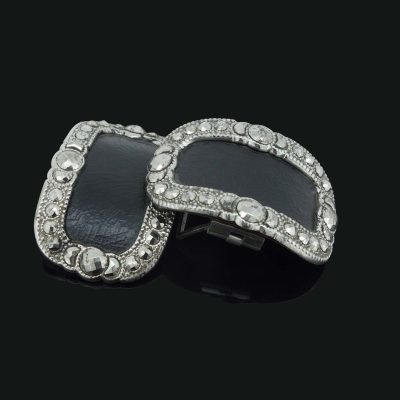
Cut Steel Georgian Shoe Buckles
$2,200.00 (GST incl.) -
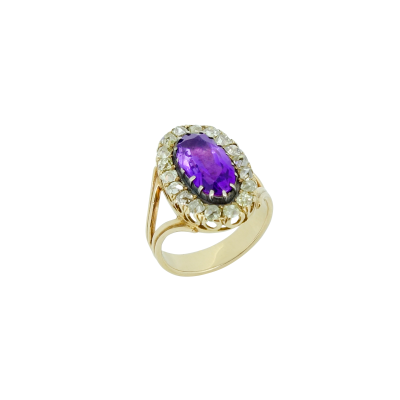
Georgian Amethyst and Diamond Ring
$13,475.00 (GST incl.) -

Georgian Rose Cut Diamond Ring c1815
$18,500.00 (GST incl.) -
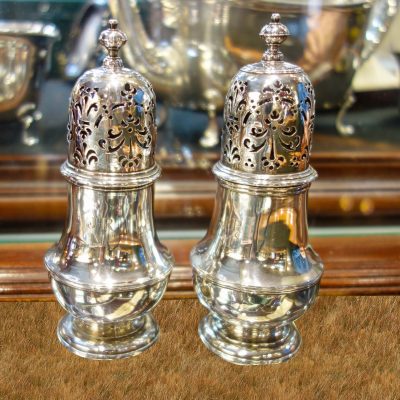
HMSS Antique Sterling Silver Casters 1724
$3,650.00 (GST incl.) -

Victorian Turquoise & Diamond cluster ring Mid 1800’s
$12,250.00 (GST incl.)
